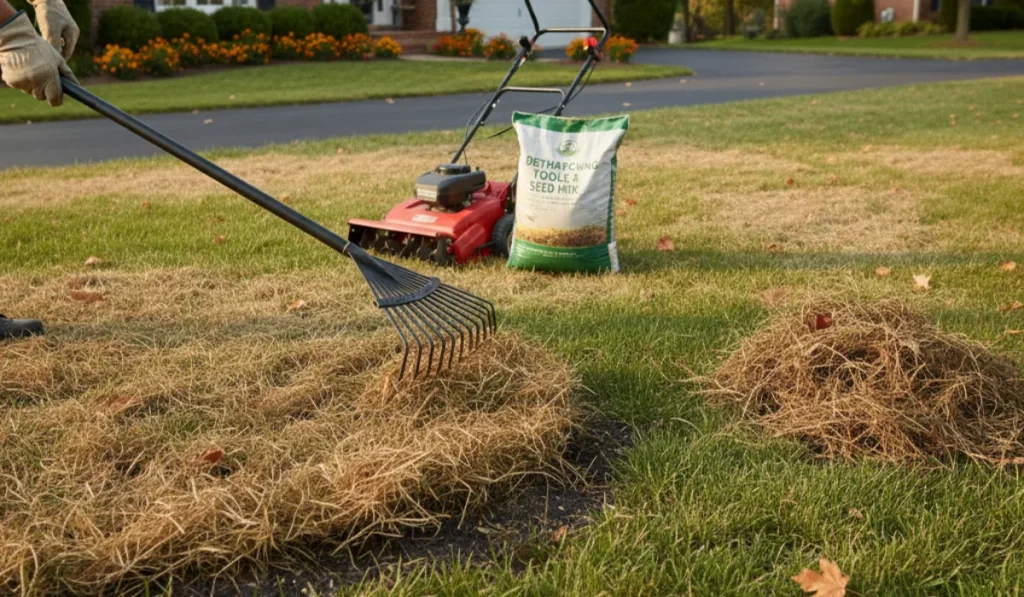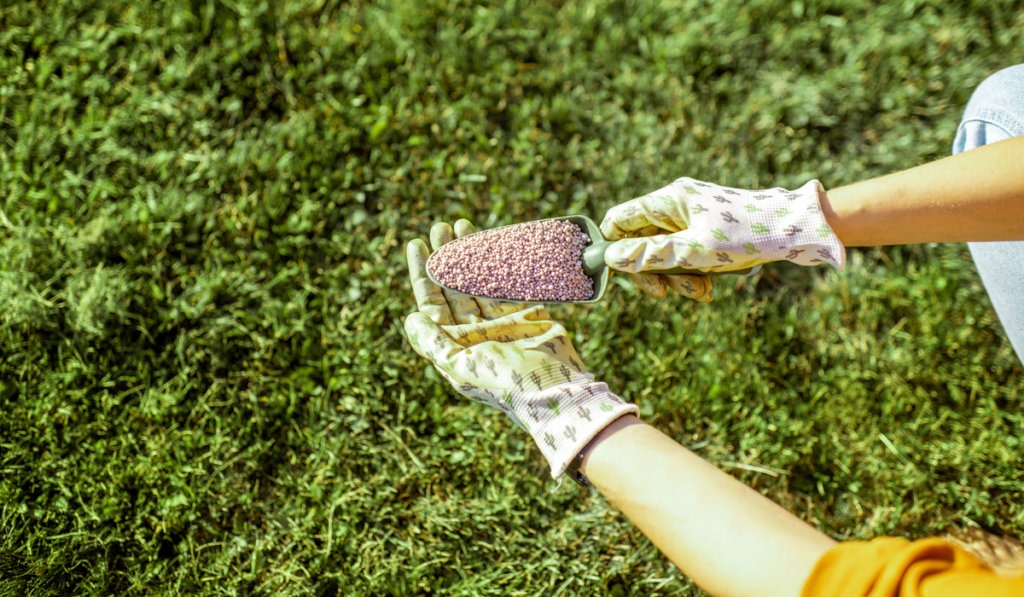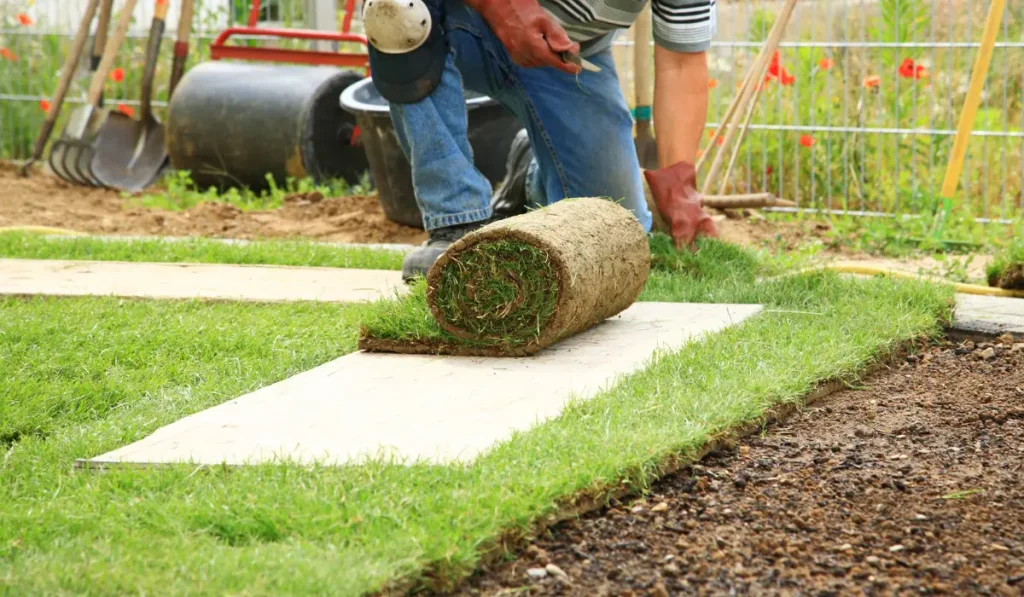If you’re staring out the window at a brown lawn and wondering where things went wrong, you’re not alone. California’s unpredictable weather, hot, dry summers, water restrictions, and lawn diseases can stress out even the most carefully tended turf.
But before you throw in the towel and start over with new sod, there’s good news: many lawns that look like dead grass are just in a state of dormancy or struggling from bare spots and brown patches.
With the right strategy, you may be able to bring your lawn back to life with the right approach and some patience.
Here are five effective, non-generic tips to help you start the process of turning that brown yard green again.
Key Takeaways
- Dormant grass can look dead, but checking the grass blades helps you know what care your lawn needs.
- Compacted soil and dead patches need aeration, topsoil, and reseeding or new sod based on your grass type.
- Brown spots from disease or grubs need fast treatment with products safe for turfgrass in California’s warm climate.
- SodLawn delivers fresh sod and advice to help fix bare spots or start a healthy new lawn anywhere.
1. Confirm If It’s Dormant or Truly Dead
Not all brown grass is the same.
In California, warm-season grasses like Bermudagrass often go dormant in cooler months or during drought.
Dormant grass looks dead, but is still alive at the root system. You can check this by tugging on the grass blades. If they stay in place, the grassroots are still viable.
If they come up easily, that area might be part of a dead lawn.
Knowing whether your turf is just sleeping or truly beyond saving is the first step. Dormant grass can recover with proper lawn care and water.
But dead patches or dead spots will need a bit more effort.
2. Aerate and Reseed or Lay New Sod
Over time, compacted soil suffocates your turf.
That’s when aerating becomes essential. Aeration helps the grass roots absorb air, water, and nutrients. In California’s clay-heavy soils, this can make a big difference in how well your grass grows.
After you aerate, follow up with raking and apply a top dressing of topsoil or compost. Then it’s time to reseed with new grass seed, or, for faster results, lay new sod.
Make sure your choice fits your type of grass, whether you’re working with cool-season grasses in Northern California or warm-season grasses down south.
3. Address Lawn Diseases and Grubs Before They Spread
Fungal infections and pests like grubs are major reasons for patches of grass turning brown. Keep an eye out for lawn diseases like dollar spot or brown patch, which can thrive in humid, overwatered conditions.
And if you find sections of turf peeling up like carpet, it could be grub damage.
This is where herbicides, weed killers, and insecticides come in. Spot treatments can help, but severe infestations might require a broader approach.
A solid DIY tip: Stick to products formulated for turfgrass in warm, dry zones like California to avoid burning your lawn.
4. Reset Your Watering Schedule and Improve Drainage
Too much water can lead to fungus, shallow roots, and runoff. The right amount depends on your lawn’s needs and local weather.
As a rule of thumb, aim for 1 1/2″ – 2″ of water per week, factoring in rainfall.
Audit your sprinkler system. Uneven coverage causes brown spots, especially in corners or along sidewalks.
If puddling is an issue, it may be time to rethink drainage or reduce overwatering. Let the soil dry slightly between watering to promote healthy growth and prevent diseases.
5. Feed the Lawn Properly and Control Thatch
After a soil test, apply a starter fertilizer rich in phosphorus to boost germination and encourage strong root growth in new grass.
Use a spreader for even distribution and avoid dumping fertilizer by hand.
If you’re dealing with spongy turf or a layer of decaying material, dethatching might be necessary. This process removes the buildup and allows fertilizer, air, and water to reach the grass roots more effectively.
And don’t forget regular mowing with a sharp lawn mower. Cutting no more than one-third of the grass blade at a time.
Ready to Bring Life Back to Your Lawn?
Dealing with crabgrass, bare spots, or just tired of watching your lawn care efforts go to waste? Whether you’re starting a new lawn from scratch or patching up old turf, SodLawn can help.
We deliver fresh, locally sourced sod across California that’s tailored to your region and yard conditions. Reach out to us today to get the tools, grass, and advice you need to revive your yard and enjoy that healthy lawn feeling again.
Frequently Asked Questions
How can I prevent weeds from taking over while my grass is growing back?
Using a pre-emergent herbicide before seeding helps block weed seeds from sprouting. It protects your lawn’s root system and gives your new grass a better chance to grow without competition from crabgrass and other invaders.
For best results, apply pre-emergent in early spring and again in early fall. Post-emergent products can also be used during these times to target existing weeds.
What is the best time of year to revive a dead lawn in California?
The best time depends on your grass type. Cool-season grasses respond well in early fall, while warm-season grasses should be revived between late spring and early summer when soil temperatures are warmer.
Can mulch help when overseeding or reseeding a lawn?
Yes, spreading a light layer of straw mulch helps retain moisture, protects the seed from birds, and supports germination. Just make sure the mulch is seed-free and allows sunlight to reach the soil.



